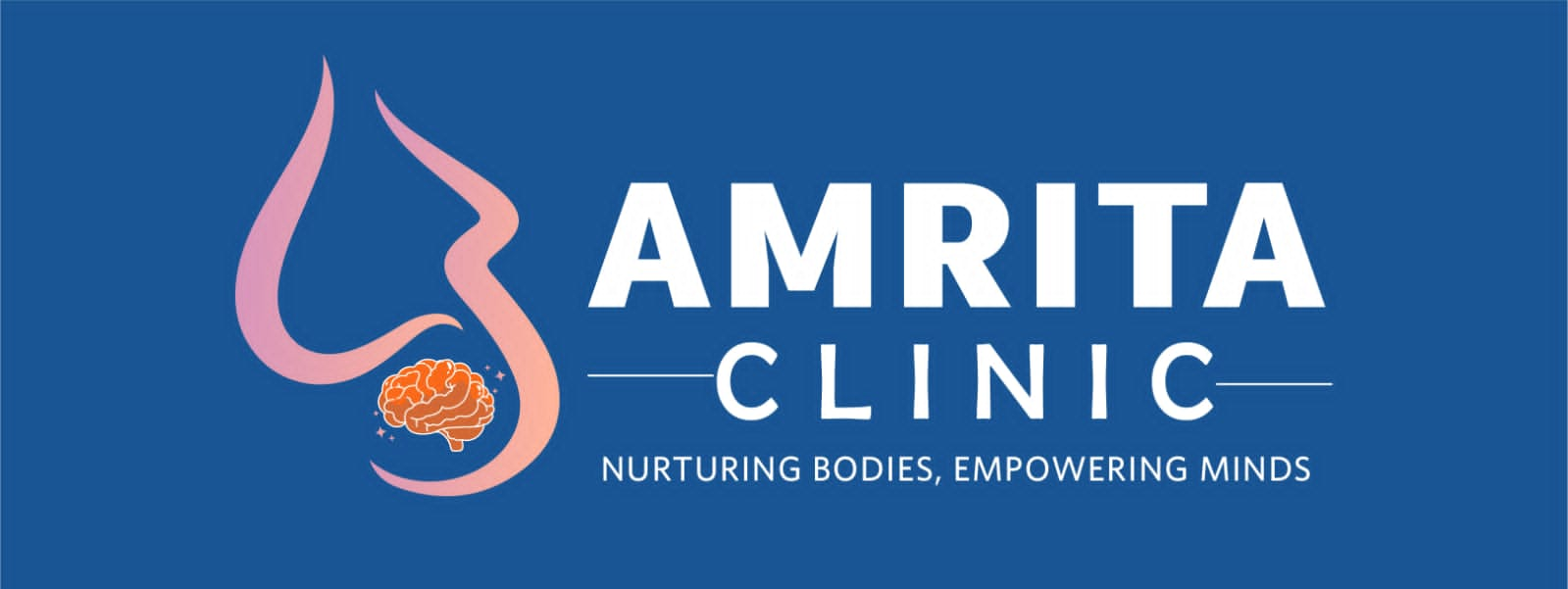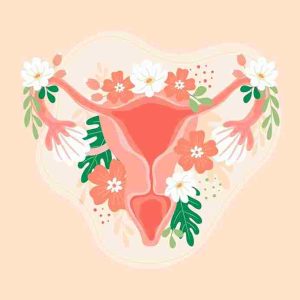Haemoglobinopathies are a group of disorders,including sickle cell disease and thalassemia,which affect the structure of hemoglobin.annually 300000 people are born clinically affected by this group of diseases.
Sickle cell disease is a haemoglobinopathy caused by a single nucleotide substitution leading to abnormal haemoglobin structure.The abnormal red cells “sickled” create occlusion of the microvasculature,leading to painful crisis and hospitalization. The most significant form of disease is HgbS-S.Complications include infection,Anemia,renal disease ,pulmonary hypertension,stroke,venous thrombosis events.In pregnancy the adverse outcome includes small for gestational age neonates,pregnancy loss,Pre-eclampsia and maternal mortality.
Thalassemia are group of disorders affecting the production of interlocking peptides of hemoglobin which can lead to microcytic anemia.Depending on the severity may present a mild or a severe Anemia requiring regular transfusions and shortened life spans.There have been reports of higher rates of fetal growth restriction with beta Thalassemia minor so the ultrasound should be considered regularly.Monitoring of Anemia should be done.
Persons from Africa,southeast Asia,Middle East and west Indian descents are at higher risk.Initial screening should include haemoglobin electrophoresis. Preconceptional counseling is important to know maternal and fetal risk and further antepartum,intrapartum and postpartum management.




